Deflection Sliding Mode Control of a Flexible Bar Using a Shape Memory Alloy Actuator with an Uncertainty Model
Abstract
1. Introduction
2. System Description and Equations of Motion
2.1. Model Description
2.2. Equations of Motion
2.3. Study of the Behavior of the System
3. Sliding Mode Control of the Flexible Bar Using Penalization Method
3.1. Sliding Mode Controller Design and Lyapunov-Like Stability Analysis
3.2. Numerical Simulation
4. Conclusions
Author Contributions
Funding
Acknowledgments
Conflicts of Interest
References
- Yu, B.; Jin, D.; Wen, H. Analytical deployment control law for a flexible tethered satellite system. Aerosp. Sci. Technol. 2017, 66, 294–303. [Google Scholar] [CrossRef]
- Khoshnam, M.; Skanes, A.C.; Patel, R.V. Modeling and estimation of tip contact force for steerable ablation catheters. IEEE Trans. Biomed. Eng. 2015, 62, 1404–1415. [Google Scholar] [CrossRef] [PubMed]
- Li, Z.; Du, R.; Yu, H.; Ren, H. Statics modeling of an underactuated wire-driven flexible robotic arm. In Proceedings of the 5th IEEE RAS/EMBS International Conference on Biomedical Robotics and Biomechatronics, São Paulo, Brazil, 12–15 August 2014; pp. 326–331. [Google Scholar]
- Lokman, A.H.; Soh, P.J.; Azemi, S.N.; Lago, H.; Podilchak, S.K.; Chalermwisutkul, S.; Jamlos, M.F.; Al-Hadi, A.A.; Akkaraekthalin, P.; Gao, S. A review of antennas for picosatellite applications. Int. J. Antennas Propag. 2017, 2017. [Google Scholar] [CrossRef]
- Benvenuto, R.; Salvi, S.; Lavagna, M. Dynamics analysis and GNC design of flexible systems for space debris active removal. Acta Astronaut. 2015, 110, 247–265. [Google Scholar] [CrossRef]
- Tyc, G. Dynamics and Stability of Spinning Flexible Space Tether Systems; Wendy Prystenski (Fort Garry Campus): Winnipeg, MB, Canada, 1998. [Google Scholar]
- Misra, A.; Xu, D.; Modi, V. On vibrations of orbiting tethers. Acta Astronaut. 1986, 13, 587–597. [Google Scholar] [CrossRef]
- Fritzkowski, P.; Kaminski, H. Dynamics of a rope as a rigid multibody system. J. Mech. Mater. Struct. 2008, 3, 1059–1075. [Google Scholar] [CrossRef]
- Kaminski, H.; Fritzkowski, P. Application of the rigid finite element method to modelling ropes. Latin Am. J. Solids Struct. 2013, 10, 91–99. [Google Scholar] [CrossRef]
- Tomaszewski, W.; Pieranski, P. Dynamics of ropes and chains: I. the fall of the folded chain. New J. Phys. 2005, 7, 45. [Google Scholar] [CrossRef]
- Bhat, D.N.; Kearney, J.K. On Animating Whip-type Motions. J. Vis. Comput. Animat. 1996, 7, 229–249. [Google Scholar] [CrossRef]
- Sohn, J.; Han, Y.; Choi, S.; Lee, Y.; Han, M. Vibration and position tracking control of a flexible beam using SMA wire actuators. J. Vib. Control. 2009, 15, 263–281. [Google Scholar] [CrossRef]
- Keshtkar, N.; Rivo, M.S.; Poznyak, A.; Keshtkar, S. Modeling and Simulation of Flexible Tethered Satellite System. In Proceedings of the 2018 15th International Conference on Electrical Engineering, Computing Science and Automatic Control (CCE), Mexico City, Mexico, 5–7 September 2018; pp. 1–4. [Google Scholar]
- Huang, W. Shape Memory Alloys and Their Application to Actuators for Deployable Structures; University of Cambridge: Cambridge, UK, 1998. [Google Scholar]
- Hannen, J.C.; Crews, J.H.; Buckner, G.D. Indirect intelligent sliding mode control of a shape memory alloy actuated flexible beam using hysteretic recurrent neural networks. Smart Mater. Struct. 2012, 21, 085015. [Google Scholar] [CrossRef] [PubMed]
- Grigorie, T.; Popov, A.; Botez, R.; Mamou, M.; Mebarki, Y. On–off and proportional–integral controller for a morphing wing. Part 1: Actuation mechanism and control design. Proc. Inst. Mech. Eng. Part G J. Aerosp. Eng. 2012, 226, 131–145. [Google Scholar] [CrossRef]
- Roshan, T.; Basnayake, B.; Amarasinghe, Y.; Wijethunge, D.; Nanayakkara, N.D. Development of a PID Based Closed Loop Controller for Shape Memory Alloy Actuators. In Proceedings of the 2018 Moratuwa Engineering Research Conference (MERCon), Moratuwa, Sri Lanka, 30 May–1 June 2018; pp. 460–464. [Google Scholar]
- Lynch, B.; Jiang, X.X.; Ellery, A.; Nitzsche, F. Characterization, modeling, and control of Ni-Ti shape memory alloy based on electrical resistance feedback. J. Intell. Mater. Syst. Struct. 2016, 27, 2489–2507. [Google Scholar] [CrossRef]
- Hadi, A.; Akbari, H.; Alipour, K.; Tarvirdizadeh, B. Precise position control of shape memory alloy-actuated continuum modules through fuzzy algorithm. Proc. Inst. Mech. Eng. Part I J. Syst. Control. Eng. 2018, 232, 121–136. [Google Scholar] [CrossRef]
- Jin, M.; Lee, J.; Ahn, K.K. Continuous nonsingular terminal sliding-mode control of shape memory alloy actuators using time delay estimation. IEEE/ASME Trans. Mechatron. 2015, 20, 899–909. [Google Scholar] [CrossRef]
- Song, G.; Chaudhry, V.; Batur, C. Precision tracking control of shape memory alloy actuators using neural networks and a sliding-mode based robust controller. Smart Mater. Struct. 2003, 12, 223. [Google Scholar] [CrossRef]
- Song, G.; Ma, N. Robust control of a shape memory alloy wire actuated flap. Smart Mater. Struct. 2007, 16, N51. [Google Scholar] [CrossRef]
- Choi, S.B.; Hwang, J.H. Structural vibration control using shape memory actuators. J. Sound Vib. 2000, 4, 1168–1174. [Google Scholar] [CrossRef]
- Tanaka, K.; Nagaki, S. A thermomechanical description of materials with internal variables in the process of phase transitions. Ingenieur-Archiv 1982, 51, 287–299. [Google Scholar] [CrossRef]
- Liang, C.; Rogers, C.A. One-dimensional thermomechanical constitutive relations for shape memory materials. J. Intell. Mater. Syst. Struct. 1997, 8, 285–302. [Google Scholar] [CrossRef]
- Brinson, L.C. One-dimensional constitutive behavior of shape memory alloys: Thermomechanical derivation with non-constant material functions and redefined martensite internal variable. J. Intell. Mater. Syst. Struct. 1993, 4, 229–242. [Google Scholar] [CrossRef]
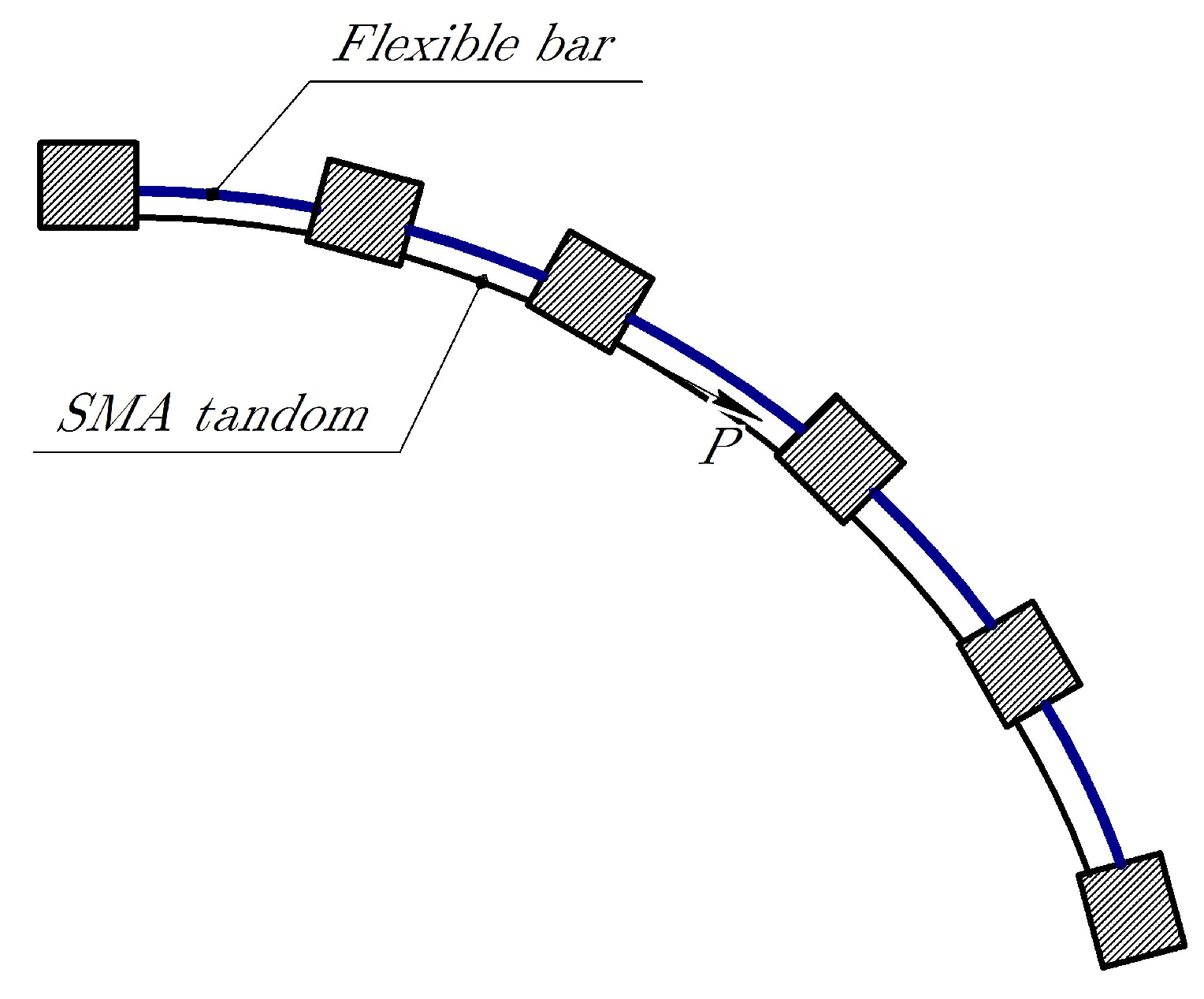
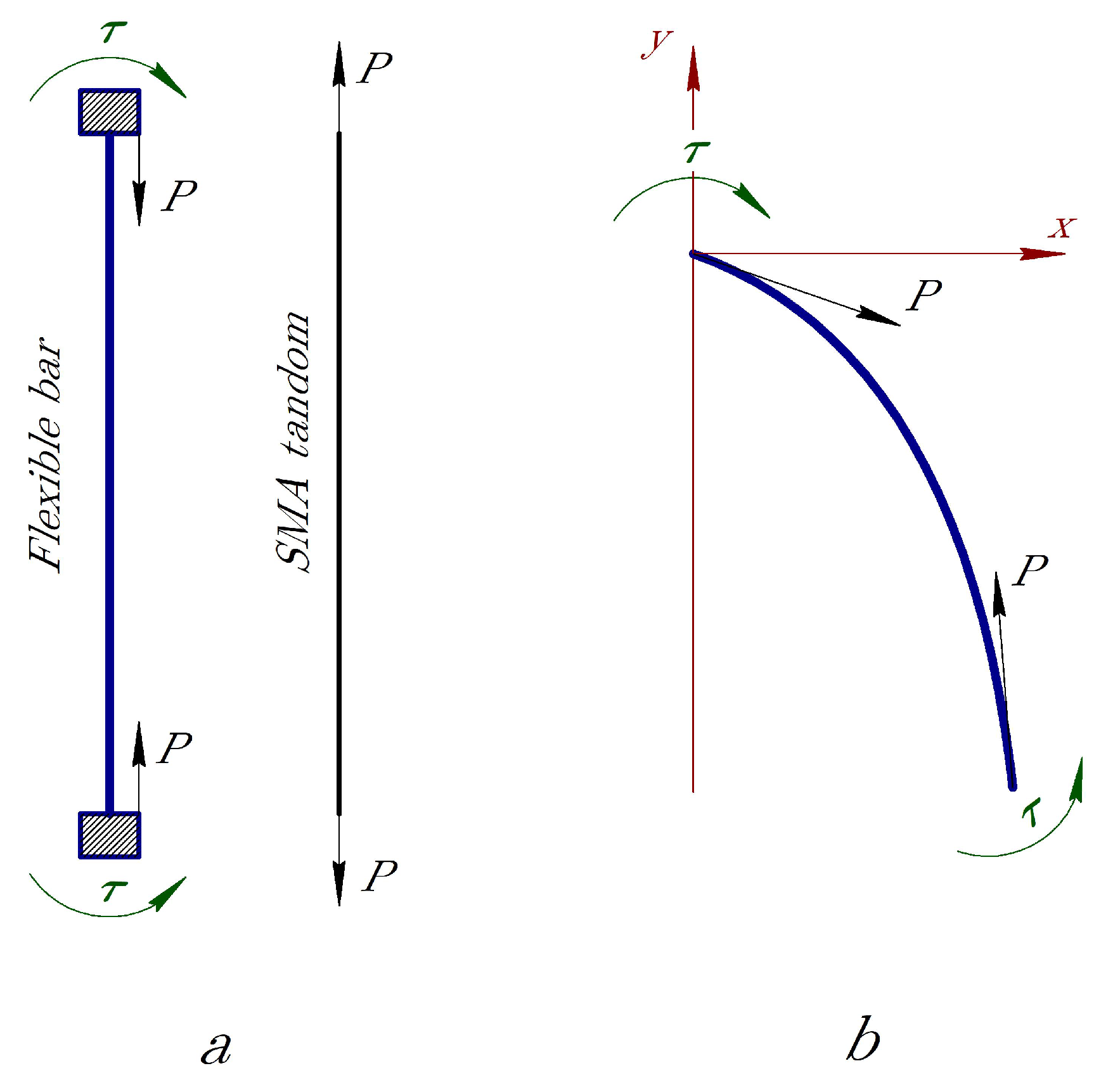
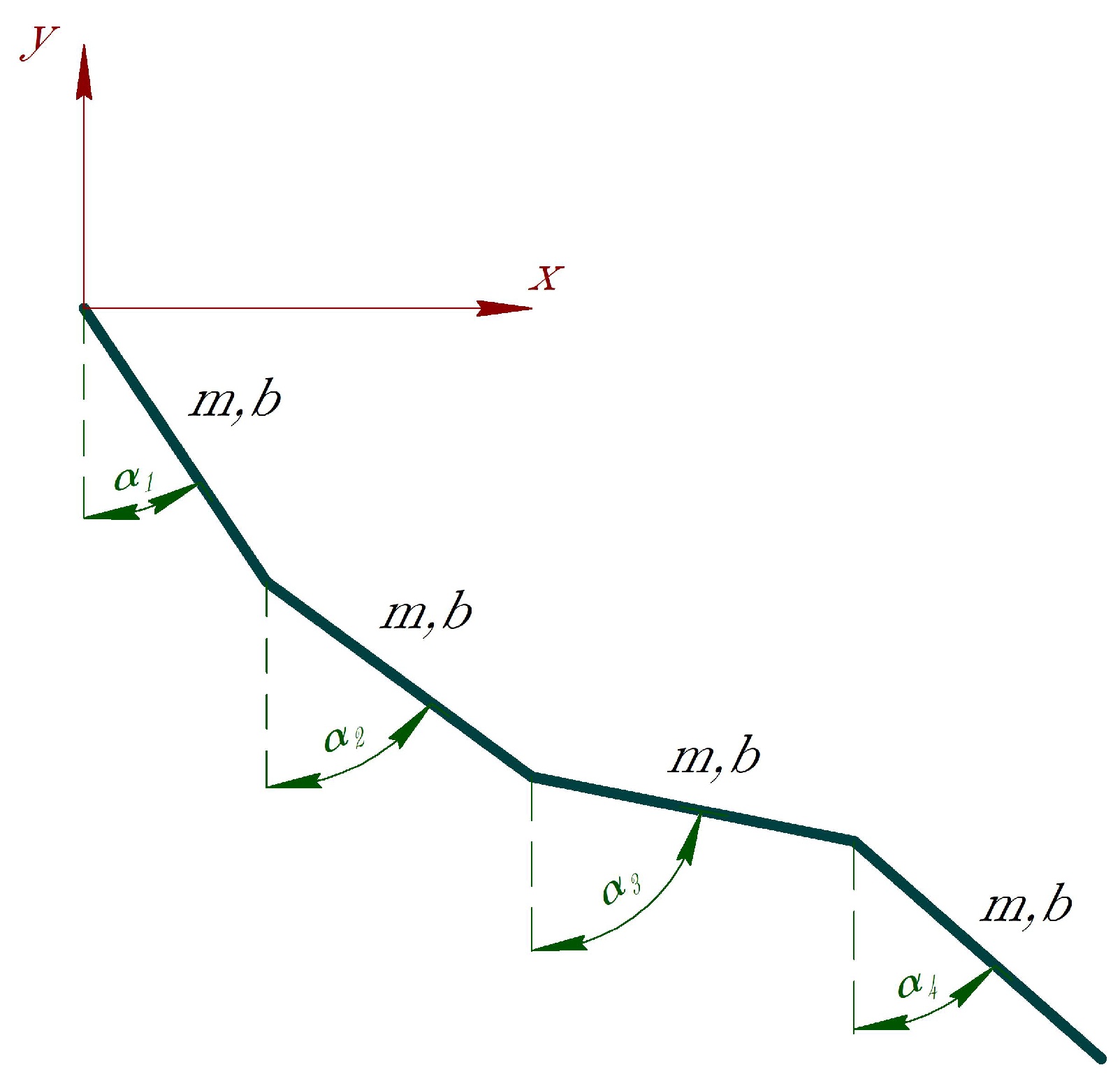
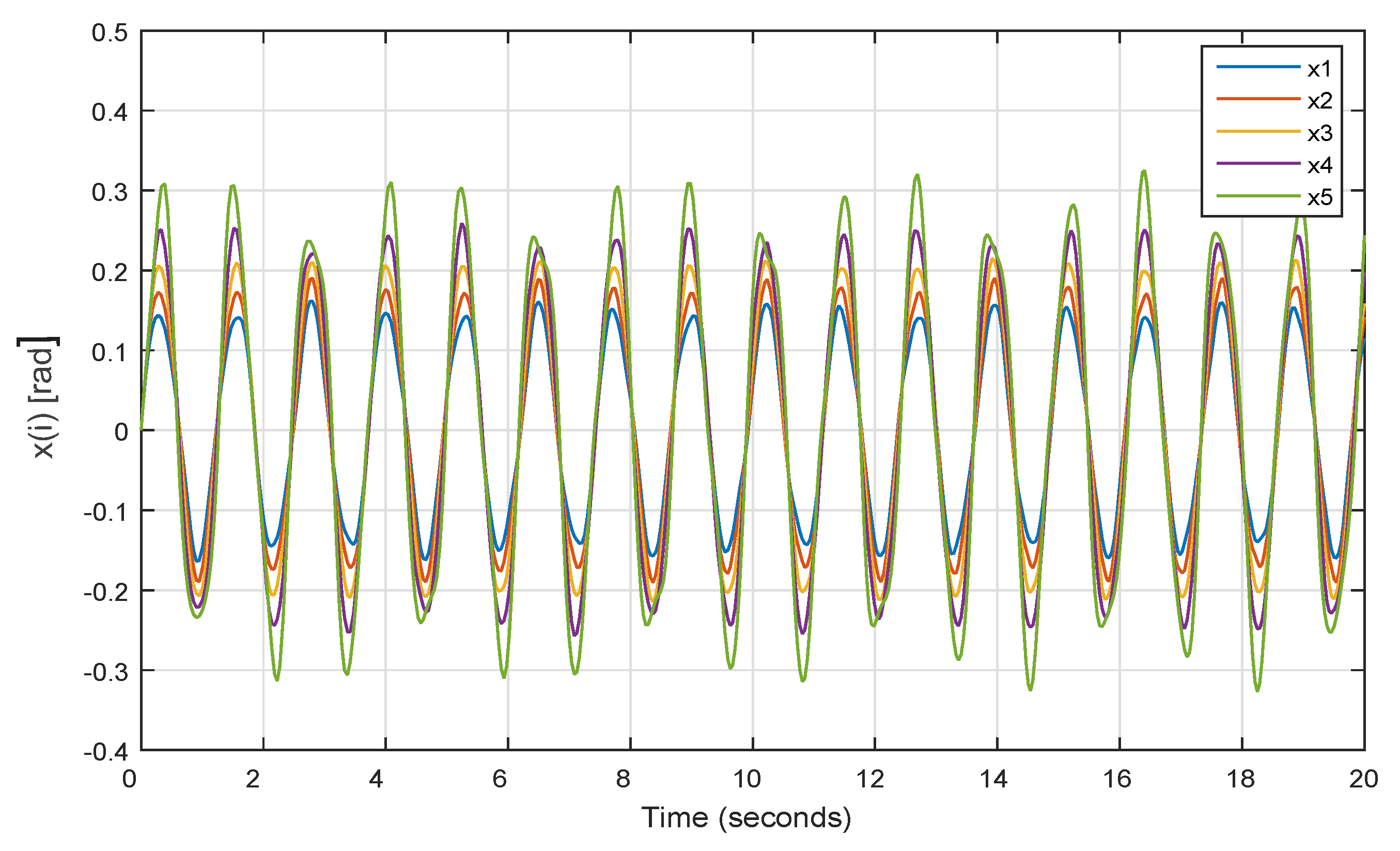
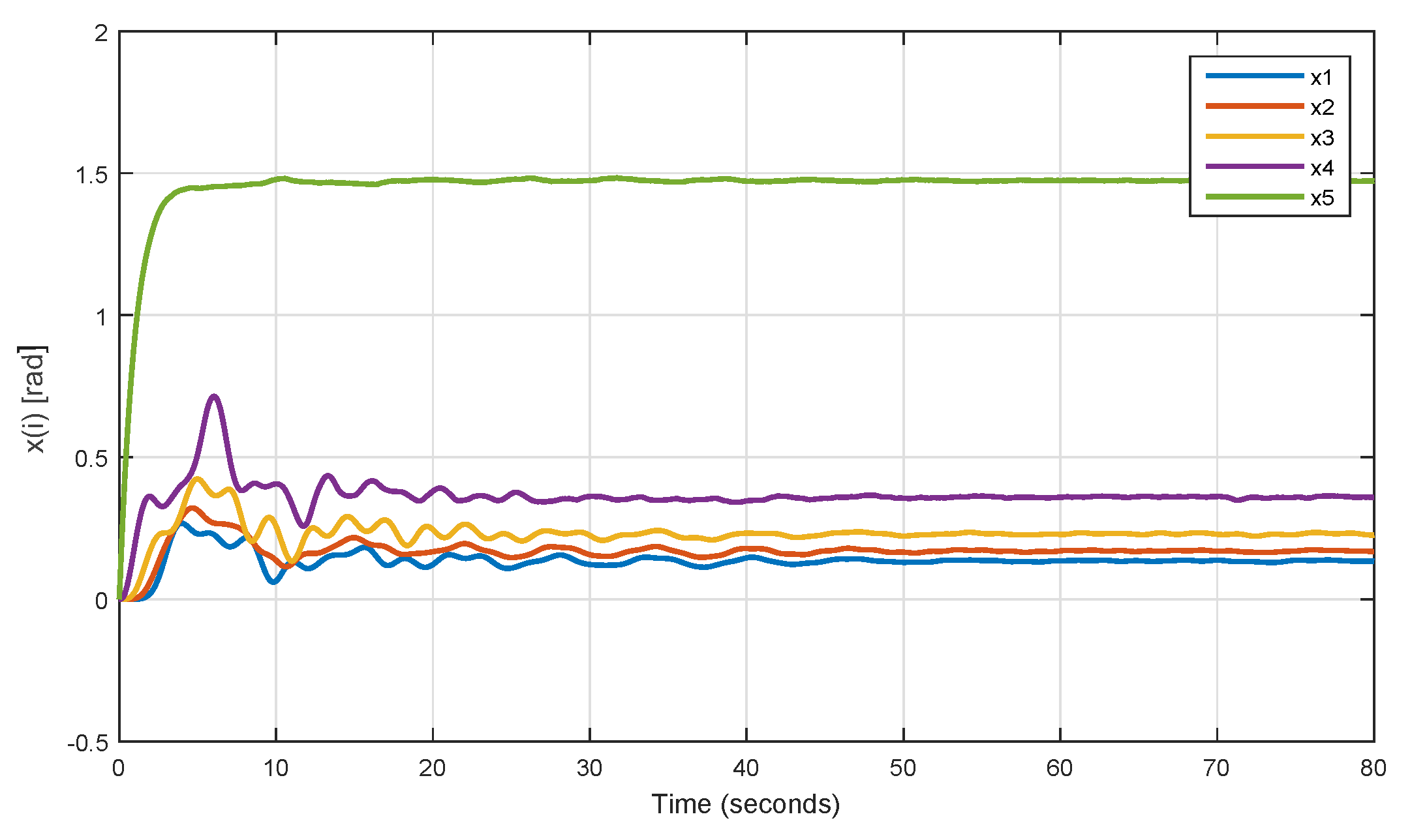
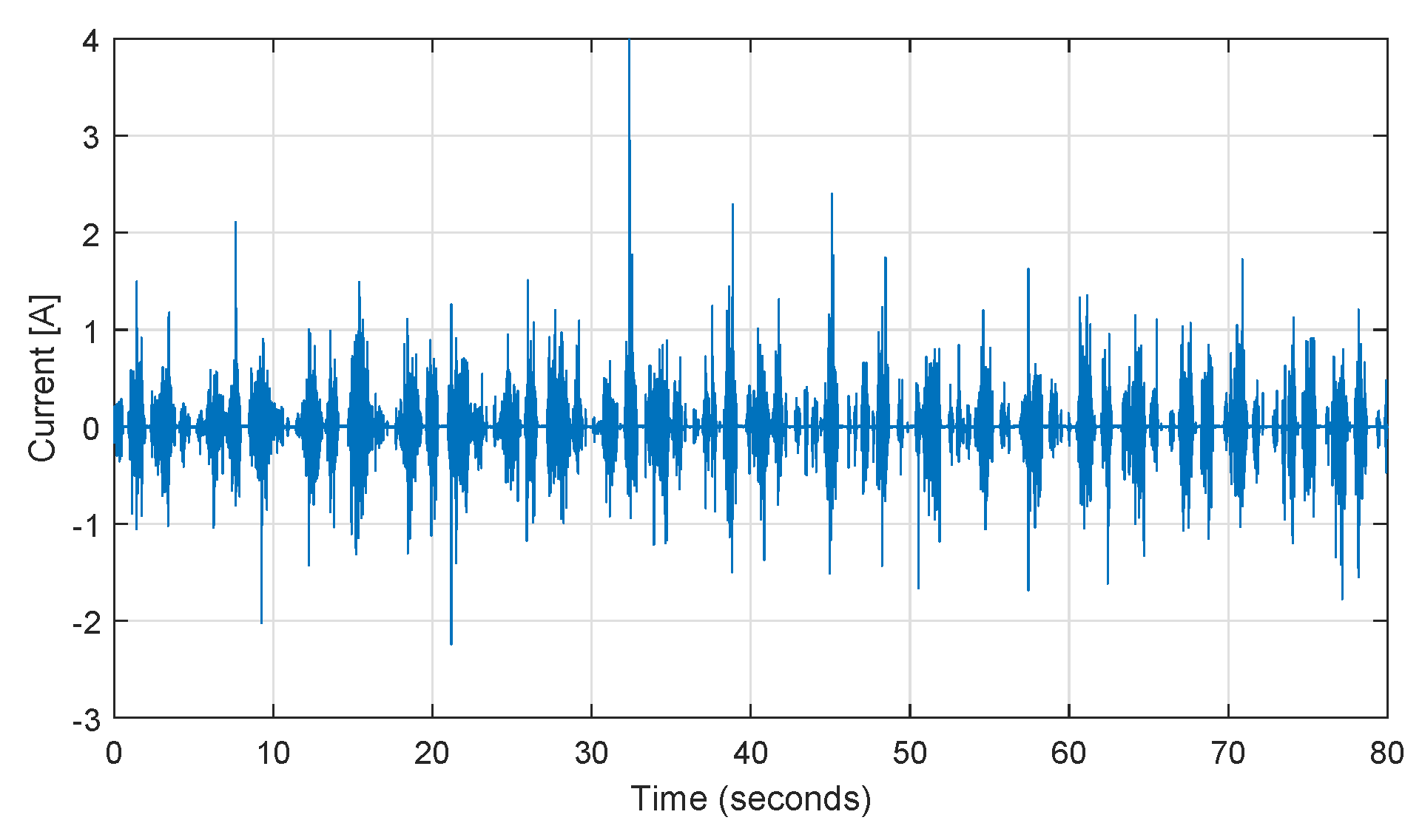
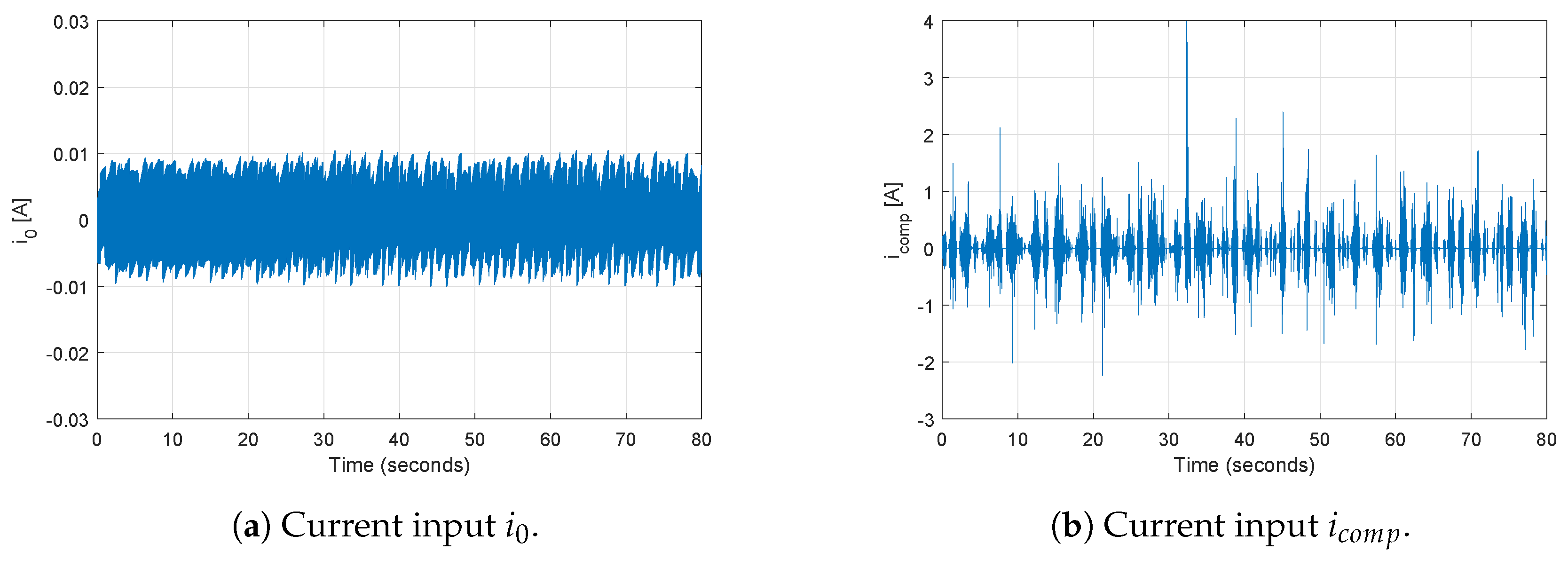
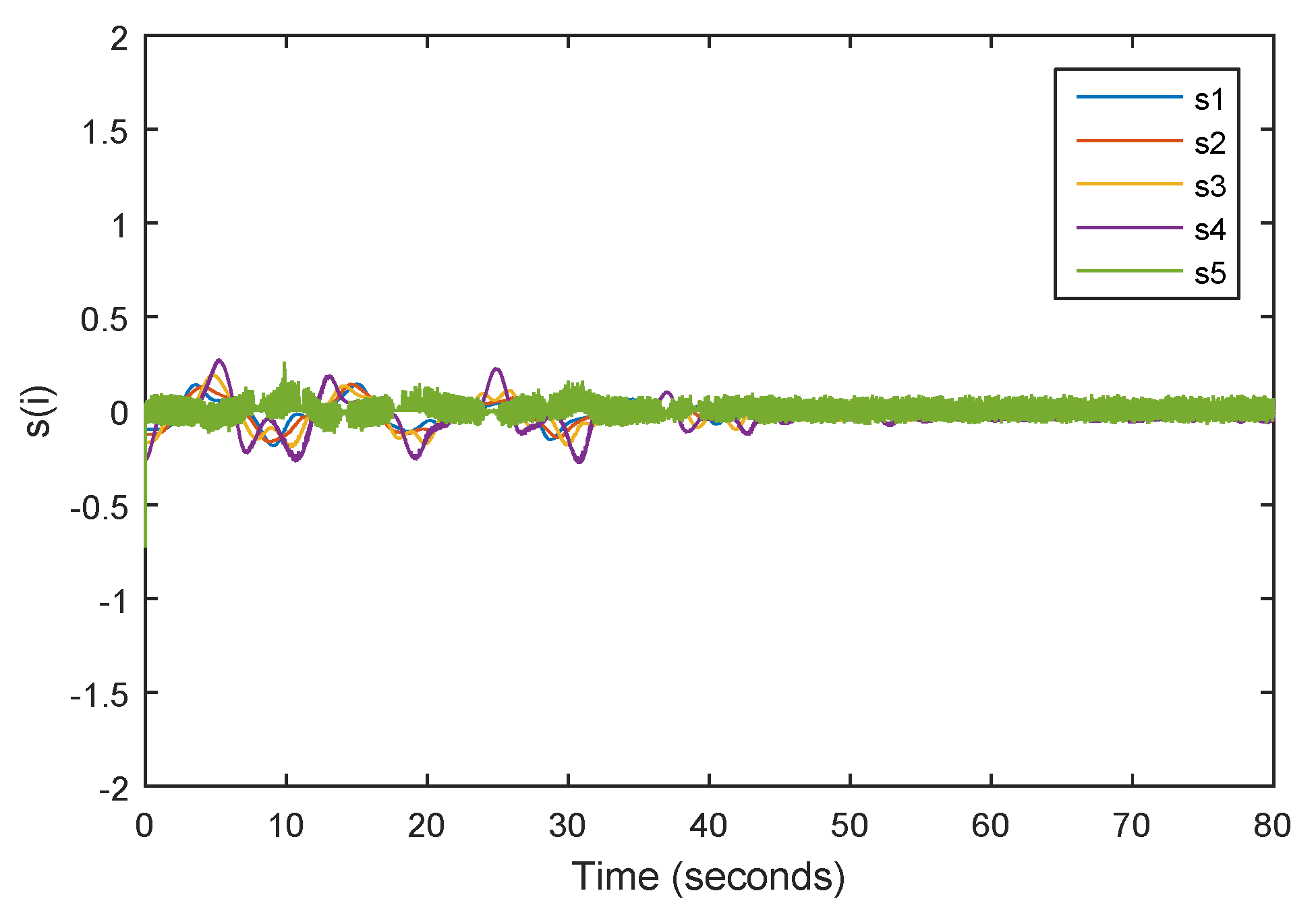
© 2020 by the authors. Licensee MDPI, Basel, Switzerland. This article is an open access article distributed under the terms and conditions of the Creative Commons Attribution (CC BY) license (http://creativecommons.org/licenses/by/4.0/).
Share and Cite
Keshtkar, N.; Keshtkar, S.; Poznyak, A. Deflection Sliding Mode Control of a Flexible Bar Using a Shape Memory Alloy Actuator with an Uncertainty Model. Appl. Sci. 2020, 10, 471. https://doi.org/10.3390/app10020471
Keshtkar N, Keshtkar S, Poznyak A. Deflection Sliding Mode Control of a Flexible Bar Using a Shape Memory Alloy Actuator with an Uncertainty Model. Applied Sciences. 2020; 10(2):471. https://doi.org/10.3390/app10020471
Chicago/Turabian StyleKeshtkar, Najmeh, Sajjad Keshtkar, and Alexander Poznyak. 2020. "Deflection Sliding Mode Control of a Flexible Bar Using a Shape Memory Alloy Actuator with an Uncertainty Model" Applied Sciences 10, no. 2: 471. https://doi.org/10.3390/app10020471
APA StyleKeshtkar, N., Keshtkar, S., & Poznyak, A. (2020). Deflection Sliding Mode Control of a Flexible Bar Using a Shape Memory Alloy Actuator with an Uncertainty Model. Applied Sciences, 10(2), 471. https://doi.org/10.3390/app10020471




